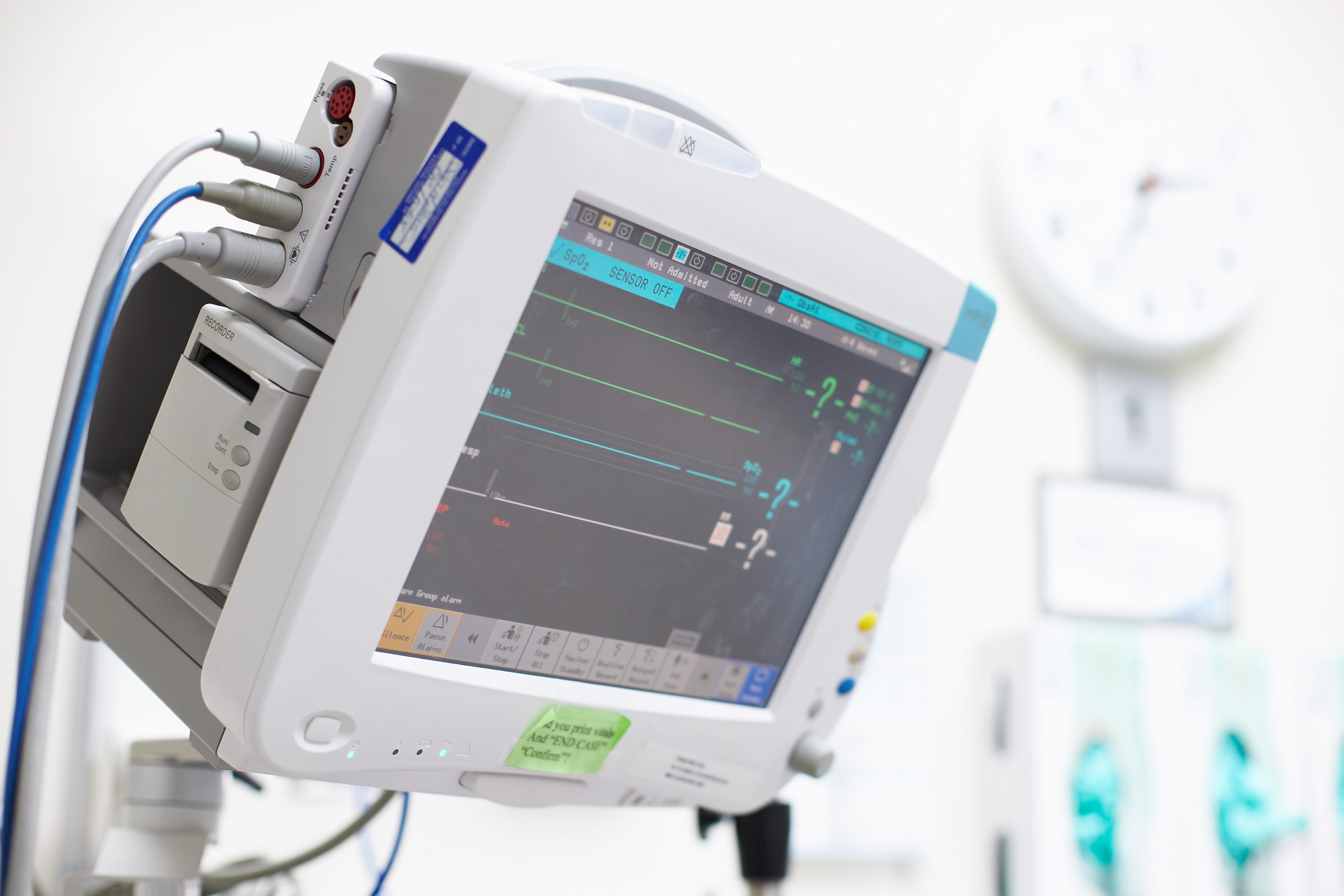One of the critical choices for staying on the premarket notification, the 510(k) pathway, is choosing the suitable predicate device. A predicate device is usually a device that has been recently cleared under 510(k); however, any legally marketed device may be used as a predicate1. The Medical Device Amendment allows manufacturers to demonstrate that their new device is substantially equivalent to that already on the market.
Nearly any legally marketed device can serve as a predicate device. Per 21 CFR 807.92(a)(3), a predicate device can be one that was lawfully sold before the enactment of the Medical Device Amendments of 1976, was reclassified from III to II or I, or was previously cleared through the 510(k) process. There are a few key things to note about this. First, this means that a predicate device cannot be a device that was approved as a Premarket Approval (PMA). Secondly, a predicate device can be a device that has been cleared but is no longer marketed.
It is essential to be strategic about choosing a predicate device. However, a new device does not need to be identical to the predicate device to be considered substantially equivalent. As the FDA has stated, “it is rare for a new device to be identical to a predicate device.” 2. However, the biggest thing to remember when choosing a predicate device is that the FDA must find it substantially equivalent to the predicate device selected. For this reason, its important to consider the following when considering potential predicate devices:
- Intended use – Are the general purposes of the devices or their functions and encompasses the indications for use the same?
- Technological characteristics – do the devices have the same technical aspects? If not, do the different factors raise different questions of safety and effectiveness?
- Non-clinical performance data – Consider the mechanical, electrical, and biological performance, electromagnetic compatibility, sterility, stability/shelf life, software validation, or other forms of device-specific non-clinical data.
In addition to the above criteria, it is also wise to consider a more recently approved predicate device due to the industry’s ever-changing technology.
The 510(k) application and submission process is complex and requires excellent attention to detail and organization. If you’d like help determining a predicate device for your medical device, experts at EMMA International can help. EMMA International has helped many clients regarding medical device submissions, including regulatory strategy advising. Give EMMA a call at 248-987-4497 or email at info@emmainternational.com.
- Health, C. for D. and R. (2019). How to Find and Effectively Use Predicate Devices. FDA. https://www.fda.gov/medical-devices/premarket-notification-510k/how-find-and-effectively-use-predicate-devices
2. The 510(k) Program: Evaluating Substantial Equivalence in Premarket Notifications [510(k)] Guidance for Industry and Food and Drug Administration Staff. (n.d.). https://www.fda.gov/media/82395/download





